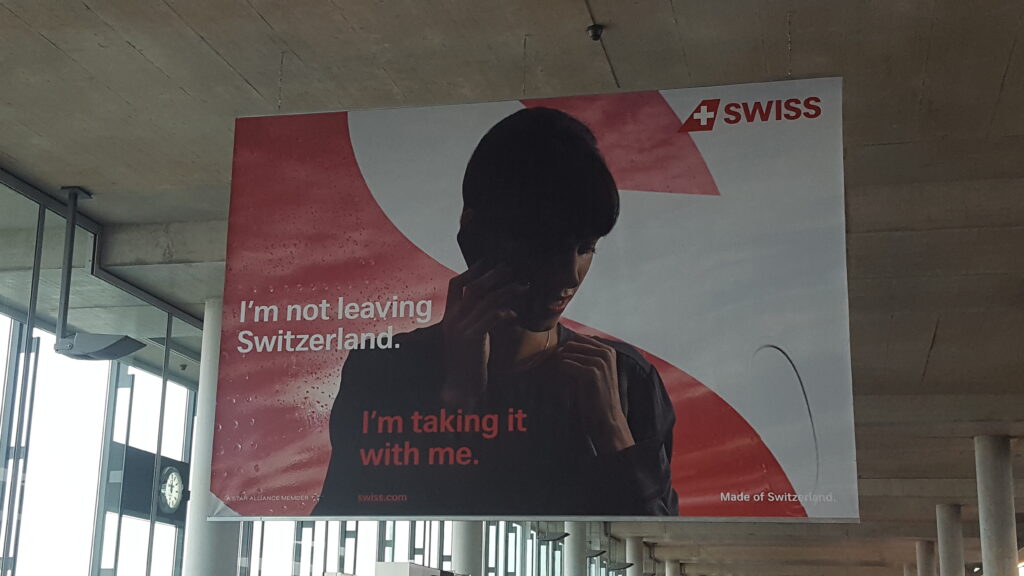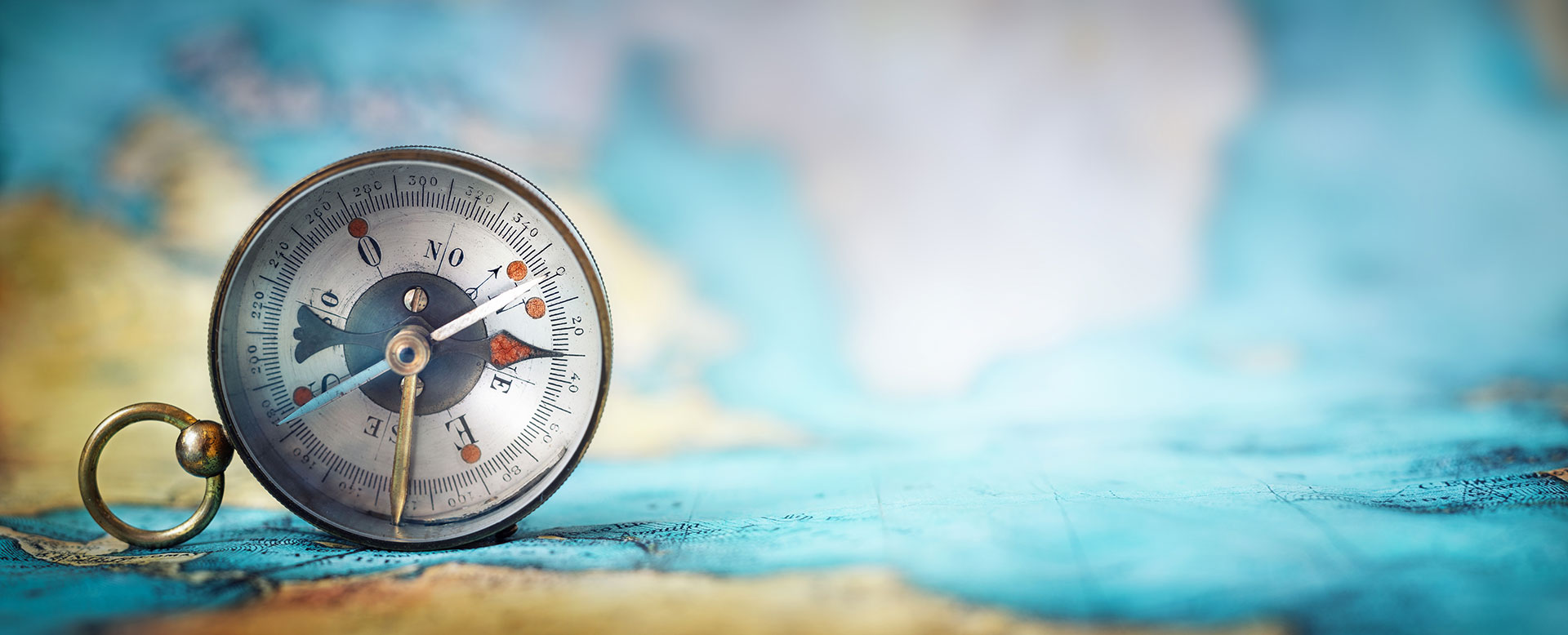
October 11, 2023
Packing smart and traveling light
The importance of packing light cannot be overemphasized. You’ll never meet a traveler who, after five trips, brags: “Every year I pack heavier.” You can’t travel heavy, happy, and cheap.

One bag
My self-imposed limit is 20 pounds in a 9″ × 21″ × 14″ carry-on-size bag (it’ll fit in your airplane’s overhead bin, at least on your transatlantic flight – though many European airlines restrict hand luggage to even smaller weights and dimensions). For many, this is a radical concept: 9″ × 21″ × 14″? That’s my cosmetics kit! But they manage, and they’re glad they did. After you enjoy that sweet mobility and freedom, you’ll never go any other way.
You’ll walk with your luggage more than you think you will. Before flying to Europe, give yourself a test. Pack up completely and walk around your house or block. Or practice being a tourist in your hometown for an hour. Fully loaded, you should enjoy window-shopping. If you can’t, stagger home and thin things out.
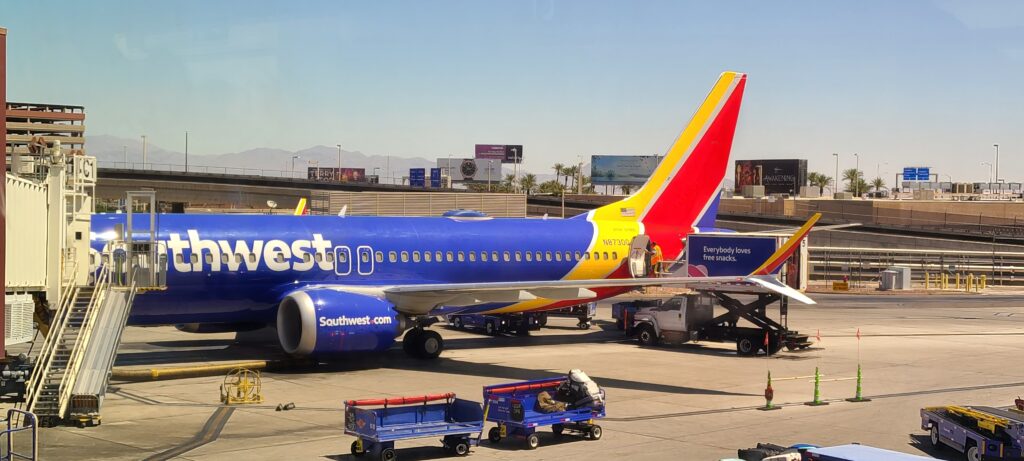
When you carry your own luggage, it’s less likely to get lost, broken, or stolen. Quick, last-minute flight changes become simpler. A small bag sits on your lap on the bus or taxi and stashes easily overhead on an airplane. You don’t have to worry about it, and, when you arrive, you can hit the ground running. It’s a good feeling. When I land in Warsaw, I’m on my way downtown while everyone else stares anxiously at the luggage carousel.

These days, you can also save money by bringing less. While it’s still free to check one bag on most overseas trips, you’d likely pay a fee to check a second bag. If you’re taking a separate flight within Europe, expect to be charged to check even just one bag.
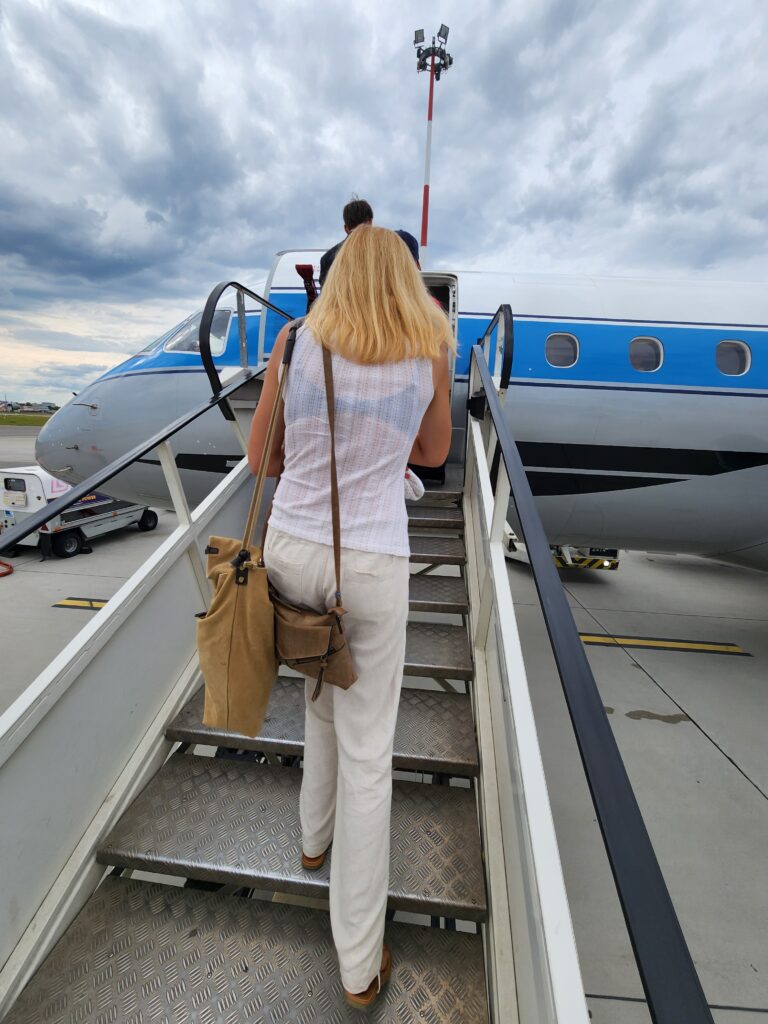
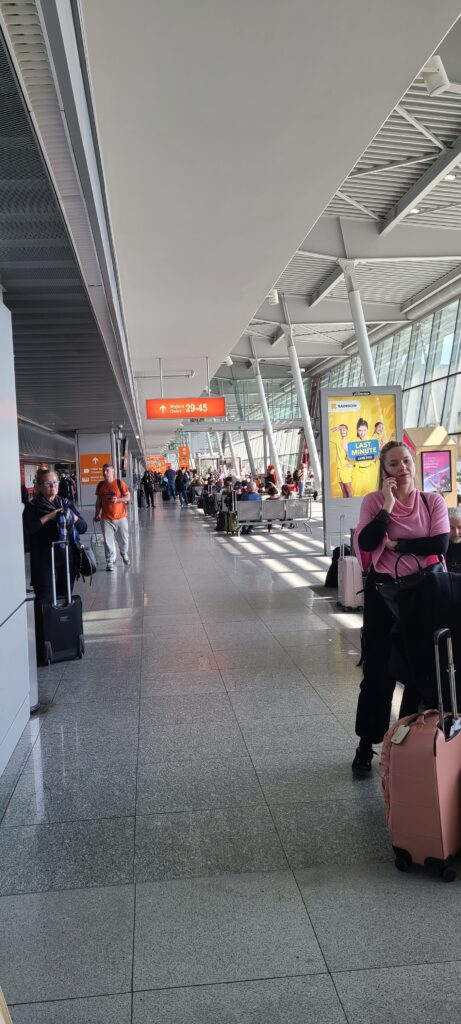
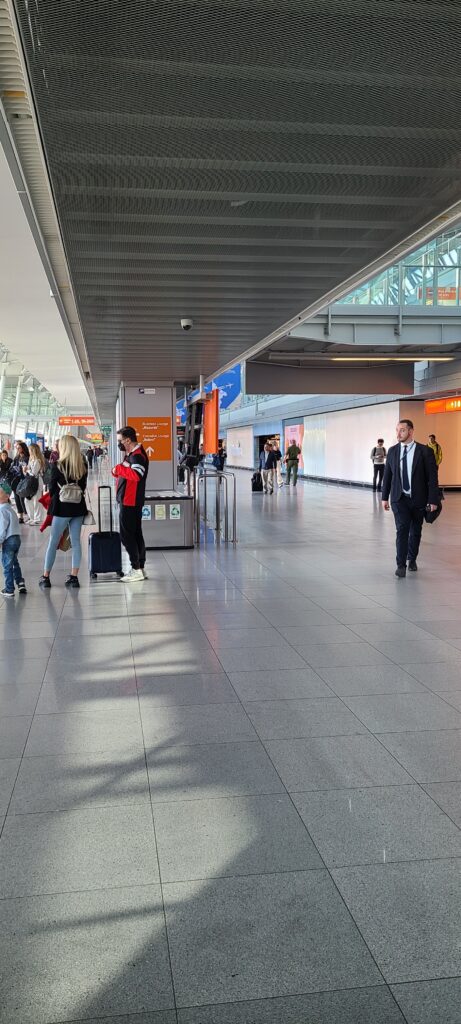

Packing 101
How do you fit a whole trip’s worth of luggage into a small backpack or suitcase? The answer is simple: bring very little.
Spread out everything you think you might need on the living-room floor.
Don’t pack for the worst-case scenario. Pack for the best-case scenario and simply buy yourself out of any jams. Bring layers rather than a heavy coat. Think in terms of what you can do without – not what will be handy on your trip. When in doubt, leave it out. I’ve seen people pack a whole summer’s supply of deodorant or razors, thinking they can’t get them in Europe. The world is small: you can buy Dial soap, Colgate toothpaste, Nivea cream, and Gillette razors in Sicily and Slovakia. Tourist shops in major international hotels are a sure bet whenever you have difficulty finding a personal item. Rather than carry a whole trip’s supply of toiletries, take enough to get started and look forward to running out of toothpaste in Bulgaria. Then you have the perfect excuse to go into a Bulgarian department store, shop around, and pick up something you think might be toothpaste.
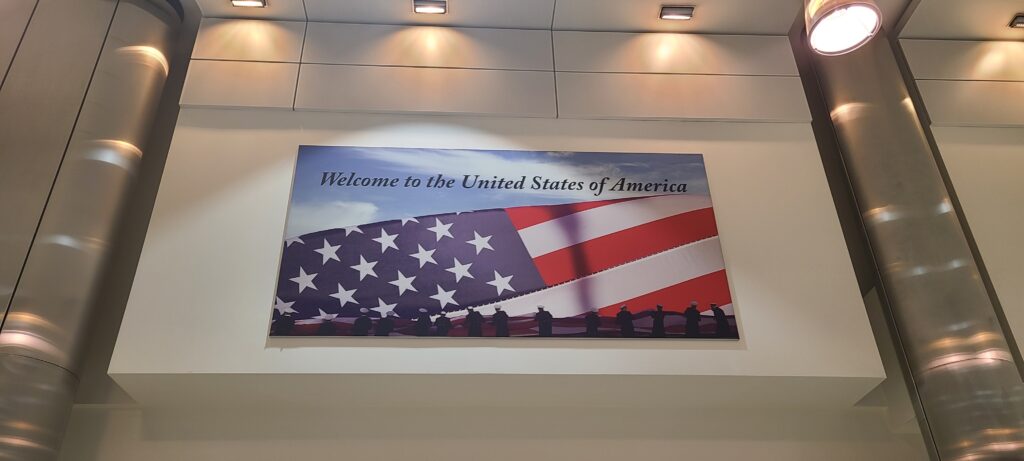
Whether you’re traveling for three weeks or three months, pack exactly the same. To keep your clothes tightly packed and well organized, zip them up in packing cubes. To really maximize bag space, consider airless baggies or a clothes compressor (look for heavy-duty ones made to withstand everyday use). I also like specially designed folding boards to fold and carry clothes with minimal wrinkling. Mesh bags also come in handy. I use one for underwear and socks, another for miscellaneous stuff such as a first-aid kit, earplugs, clothesline, sewing kit, and gadgets.
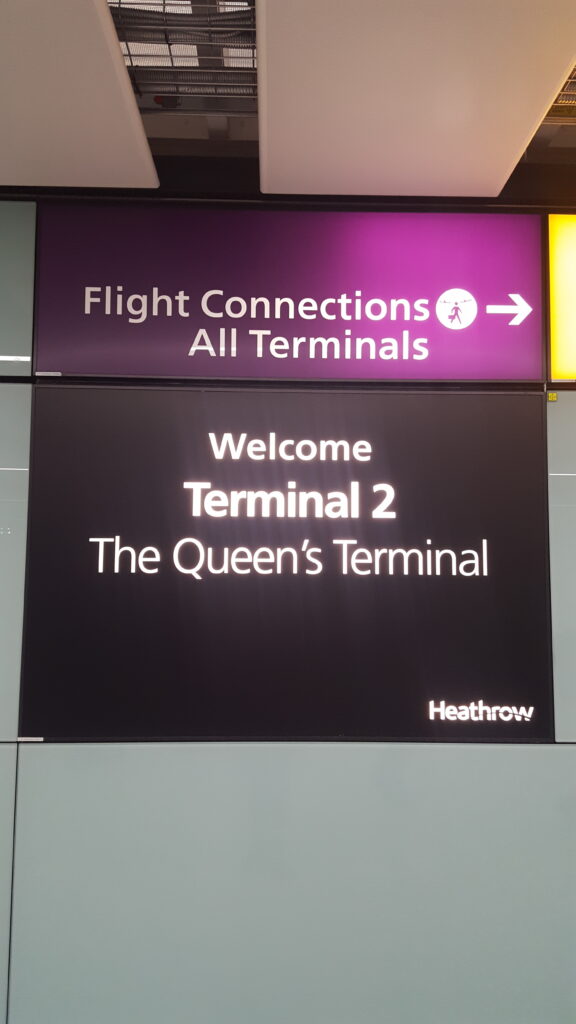

Pack your bag only two-thirds full to leave room for souvenirs, or bring along an empty featherweight nylon bag to use as a carry-on for your return flight, then check your main bag through (this is when expandable compartments really come in handy). Go casual, simple, and very light. Remember, in your travels you’ll meet two kinds of tourists – those who pack light and those who wish they had.
